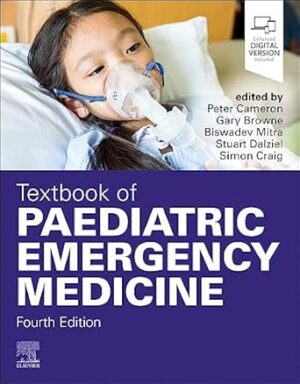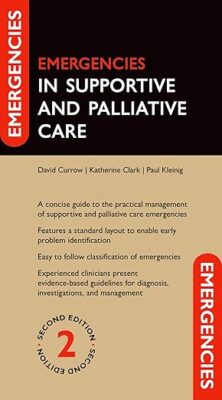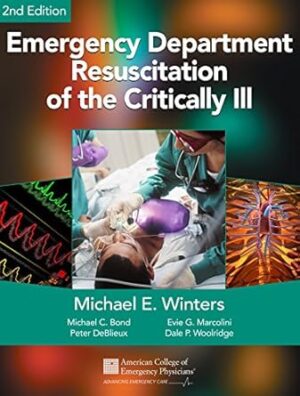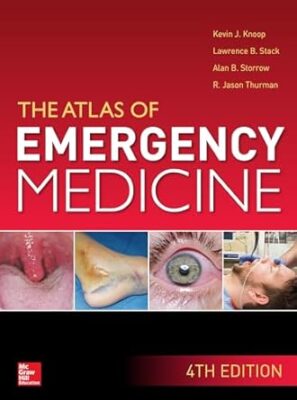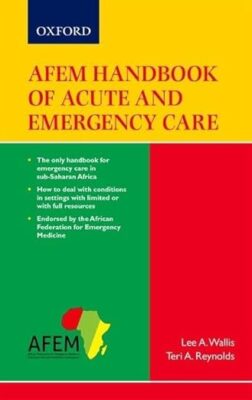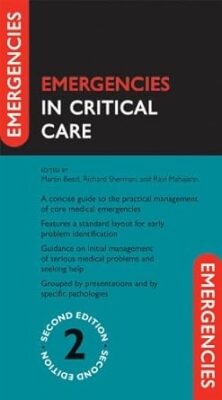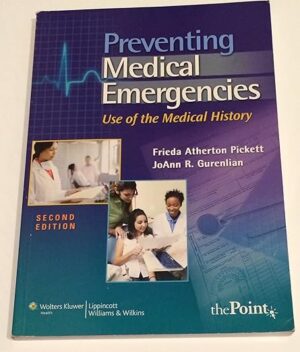Algorithms for Emergency Medicine (Algorithms In)
Delivering Emergency Medicine involves constant challenges to the emergency clinician, seen in
the frequency of severely unwell patients, the wide breadth of conditions encountered, and the urgency required in diagnosis and treatment.
Concise, and, critically, accessible, Algorithms for Emergency Medicine supports the key decision-making requirements of clinicians working in the Emergency Department. Designed to support rapid problem solving, this resource covers everything from common non-life-threatening emergencies such as headaches to life-threatening acute events such as major traumas.
Each topic is divided into two; the left page provides essential knowledge, and on the right, an algorithm which guides the clinician in a step by step process in managing these conditions. Evidence based and up-to-date, this book follows the College of Emergency Medicine Curriculum, making it an invaluable resource for Emergency Nurse Practitioners, new doctors starting their placement in the Emergency Department, and trainee doctors working towards specialising in Emergency Medicine.


